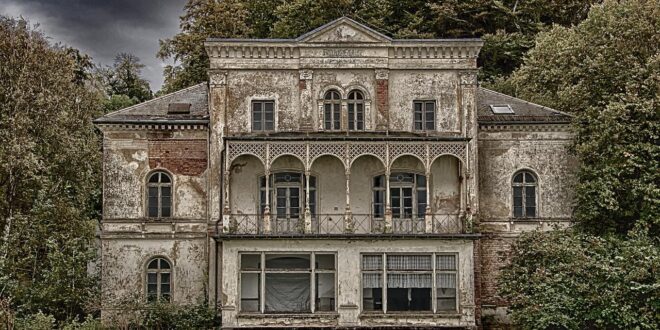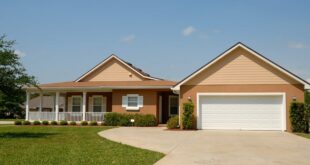Whether you’ve bought an old property as a bargain and are now preparing to renovate it, or you’ve lived there for many years and decided to renovate after an elderly relative, its previous legal owner, died and left it to you, the task won’t be easy. Even when you find great ways to save on spending such as using a fixed price online interior design service, or doing most of the painting and decorating work yourself, you won’t escape certain other common problems that can turn into a real money pit depending on how you handle them.
Old Plumbing Systems
If you boil plumbing down to its most basic definition, it’s essentially a bunch of metal pipes that are in near constant contact with either water, gas, or other unwanted chemicals that get flushed down the various drains around the home. This makes the plumbing system one of the most — if not the most — hard-hit and worn components of any property. They are constantly at work, and you’d better believe that time takes its toll.
When renovating an older property, discovering that the pipes are still pre-1960s galvanised pipes that were much more prone to both clogging and corrosion can be perturbing, especially if you had been led to believe that the plumbing was updated previously in at least the 1980s. It means a much bigger replacement job, not to mention more time and money being required, but what can one do but bring it all up to code?
Mould and/or Asbestos
Although these two things are not exactly the same, they are a problem for essentially the same reason. Water leakage and damp in the home that is left unattended over long periods of time can develop black mould and other nasty and dangerous varieties. If the spores from this mould are breathed in, they can cause severe respiratory problems, especially those with pre-existing conditions such as asthma.
Asbestos isn’t a natural fungi like mould, but it does have the same kind of detrimental effects on human life when exposure occurs. It was originally used and lauded for its fire-resistant properties (which were very real), but was later discovered to cause a litany of deadly health problems.
Electrics/Wiring
Like plumbing, the electrical wiring in a property is one of the most hardworking and fundamental components. You might wonder how exactly it can get so out of date when electricity is hardly anything new. The main differences are in the quality and durability of the wiring, and the number of devices we have and amount of energy we use each day.
Old, faulty and even brittle home wiring can more easily short-circuit when faced with the most modern appliances, and in the worst cases even start house fires. Updating the electrical wiring can be costly and time-consuming, but it’s another of those things you just can’t afford not to do.
Cracked Foundations
If the older property you are dealing with has a finished basement, then foundation problems are less likely. However, if the underside of the house is still unfinished and unsealed, then past flood damage, water runoff and other factors can create foundation cracks and other problems that can be expensive to deal with. If you get to the problem before things like subsidence start to happen, then things tend to go more smoothly and easily.
Dry Rot
Finally, one more common problem is dry rot, which very often doesn’t become visible until after you start renovation work. Despite its name, it actually refers to a specific fungus that grows in wet wood, causing it to crumble and soften. Even if you fix leaks that have been causing dry rot, it can continue to give you problems and spread. It can take a lot to stop the rot and get everything back the way it should be.
 HammBurg Be informed with latest news, reviews, entertainment, lifestyle tips, and much more.
HammBurg Be informed with latest news, reviews, entertainment, lifestyle tips, and much more.




